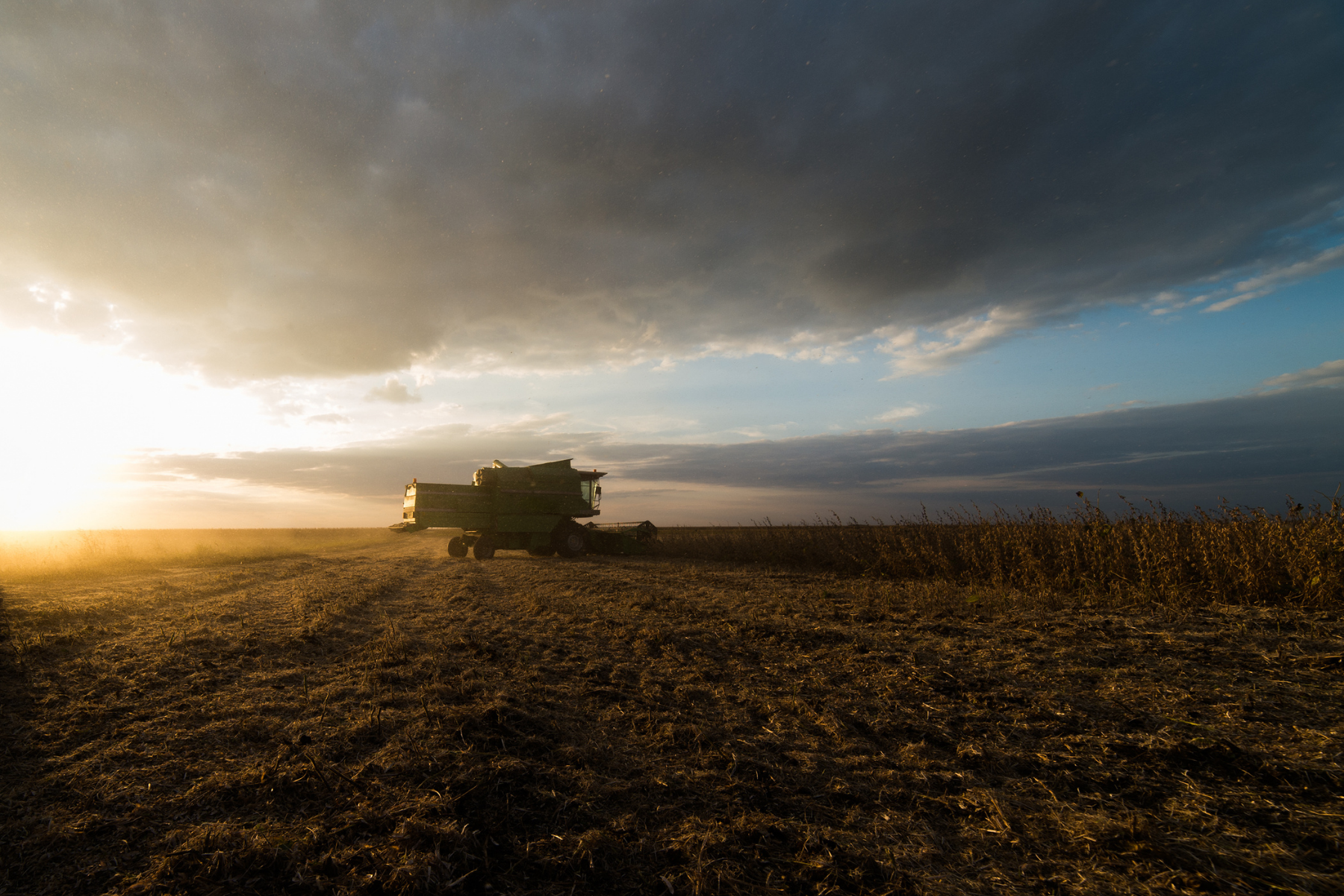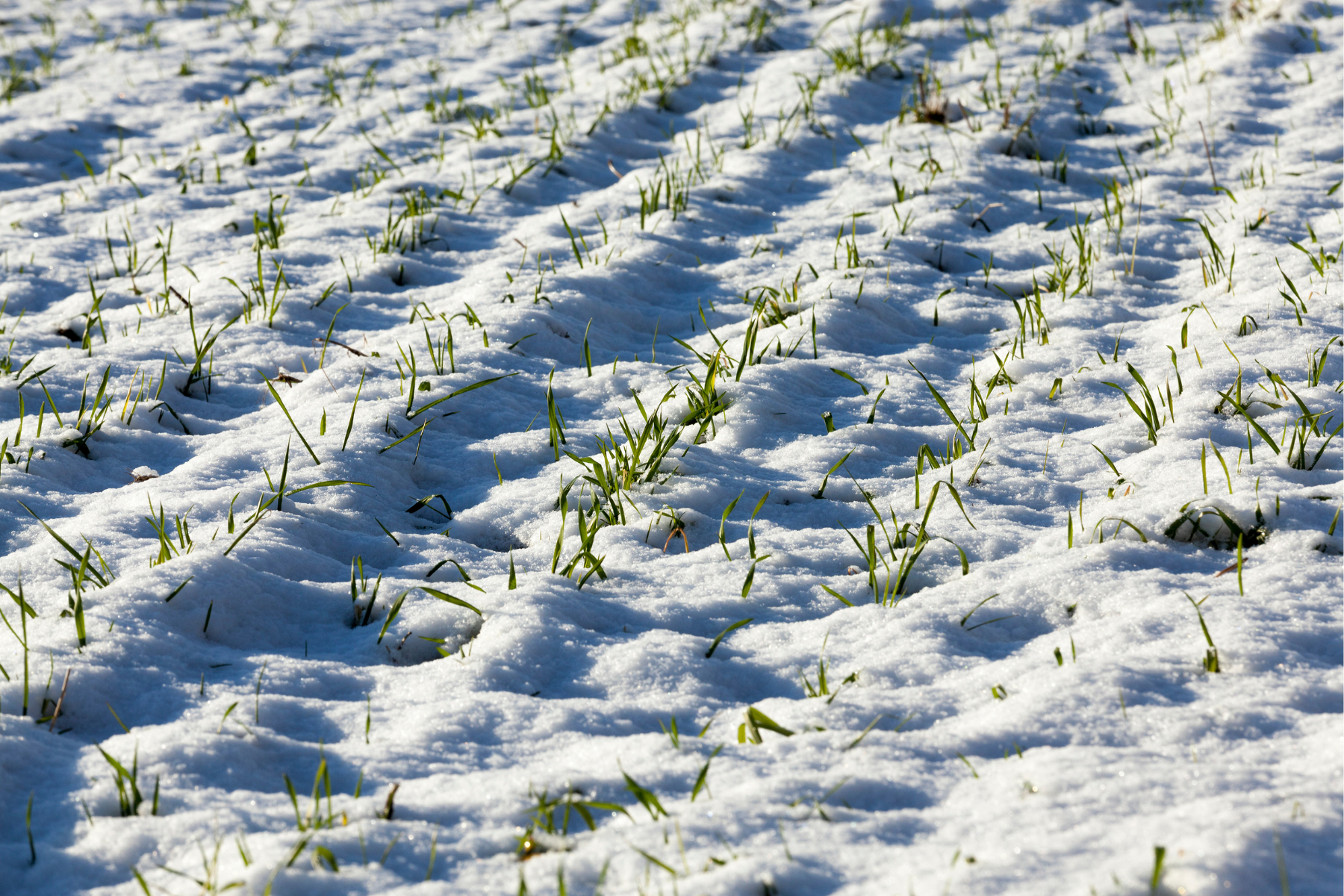Author: Becky Laye, Sylvite
As we wrap up another growing season in southern Ontario, fall remains one of the most strategic times to take a closer look at the nutrient status of our fields. With a variety of crop rotations dominating our acres, fall fertility decisions play a major role in supporting next year’s yield potential. Cooler temperatures and drier field conditions often create the ideal window to apply nutrients efficiently, reduce compaction, and set the stage for strong early growth in the spring.
Soil sampling is the foundation of any sound fertility program. A soil test gives us a clear picture of where nutrient levels stand today and where we may be falling short. Whether it’s maintaining phosphorus and potassium for high-yielding corn and soybean crops or fine-tuning pH to promote winter wheat tillering, good data leads to good decisions. Regular, consistent sampling every 2–3 years helps track trends across the farm and ensures we’re investing in nutrients where they will deliver the best return.
Fall sampling also helps us account for nutrient removal from this year’s harvest. Understanding these removal rates—combined with current soil fertility—helps refine fall application rates so we aren’t under- or over-applying. This not only supports agronomic performance but also aligns with the 4R principles of nutrient stewardship.
As you head into winter planning with your customers, emphasize the value of starting with a soil test before any fertilizer spreader hits the field. A small investment in sampling now can prevent costly guessing later and ensures our fertility programs are built on solid ground. Our agronomy team is here to support interpretation, recommendations, and planning to help growers get the most from every acre going into 2026.



